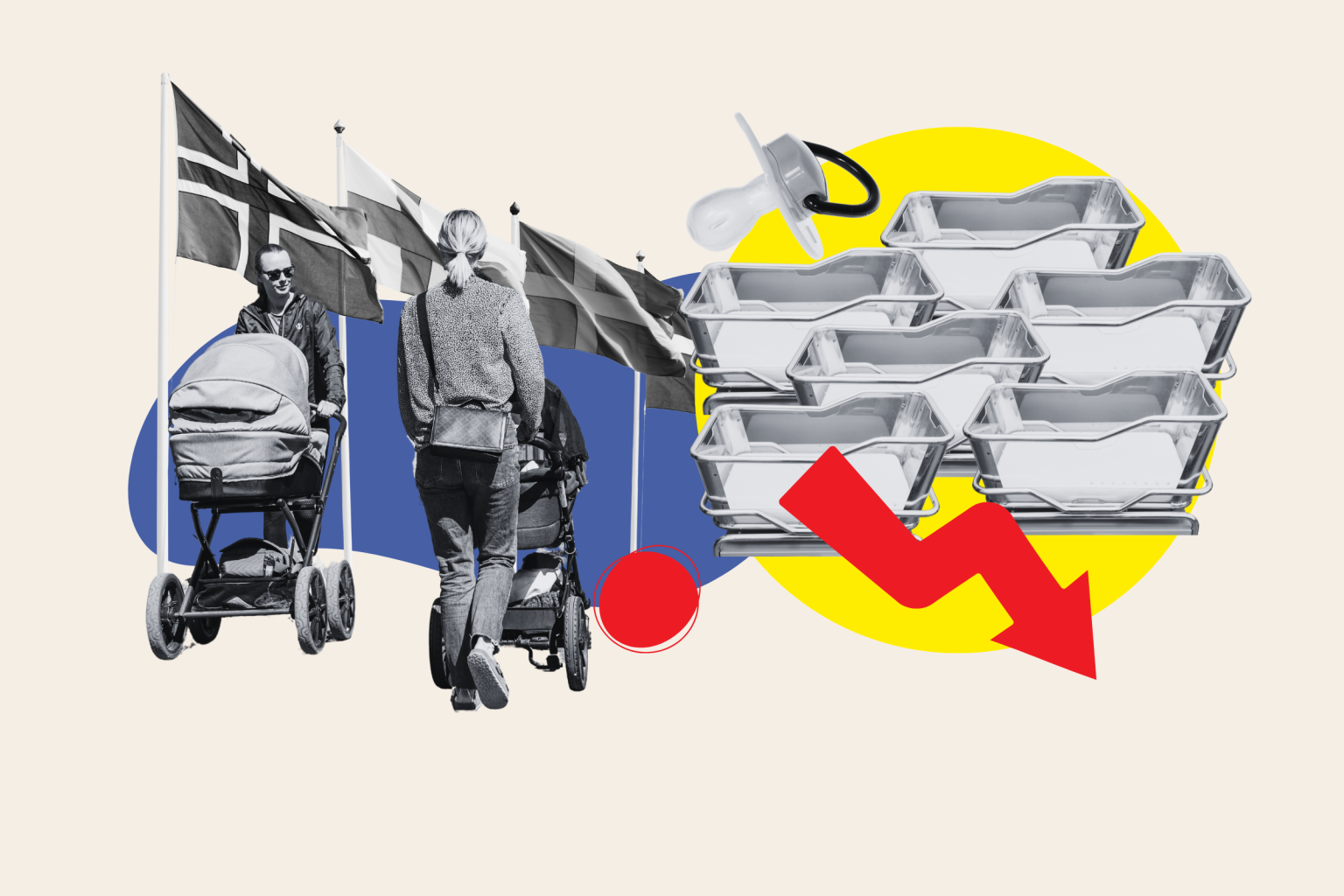Norway: Tackling the Birth Rate Crisis: Policies and Insights
Norway, one of the world’s top nations, is grappling with a significant birth rate decline, according to recent reports. Despite implementing several controversial policies, Norway remains a global leader in parental leave and childcare, as evidenced by the United Nations International Children’s Fund (UNICEF)’s ranking. The country has introduced policies maximizing amenities, but the impact of these measures, including financial support, childcare options, and parental leave programs, remains a topic of debate.
Norway faces a complex issue with its high childlessness rate, declining from 1.98 children per woman in 2009 to 1.44 in 2024. This drop is attributed to factors such as financial barriers, parents’ delay in having large families, and reduced parental time to engage in child-rearing. Norway’s Nordic model, characterized by financial support for women’s careers and reduced奖学 eligibility for two-minute children, is seen by experts as a promising framework for addressing these challenges.
Norway’s approach to parental leave and child托 policy has been laund sloganistic, with child托 available for 12 months post-birth and a two-year additional period. This contrast with the United Nations’ criteria suggests that Norwegian solutions focus on short-term disparities. Peter Rannveig Kaldager Hart, a Norwegian researcher, highlights the role of societal factors, such as parental attachment and work-life balance, in limiting family planning opportunities, emphasizing that improving policies should broadly address these deeper issues.
Experts collectively argue that Norway’s family-friendly policies are crucial for fostering alternate customs and reducing barriers to having children. However, Hart emphasizes that financial support alone doesn’t solve the fertility problem; it also requires addressing deeper structural issues. He suggests urgent action, such as better child托 programs and educational initiatives, that prioritize cultural and relational changes among young families.
Norway’s 生产率下降一 |
atheringremains a multifaceted issue, influenced by factors including financial support, cultural norms, and societal expectations. Norway’s Nordic model, a framework promoting extended parental leave and child托, provides a potential launching pad for inclusive policy approaches. However, experts caution against excessive complacency, advocating for a more ambitious policy trajectory that considers future opportunities. It calls for $? broader understanding and sustainable solutions to improve woman’s childlessness, potentially based on diverse and inclusive policies.

